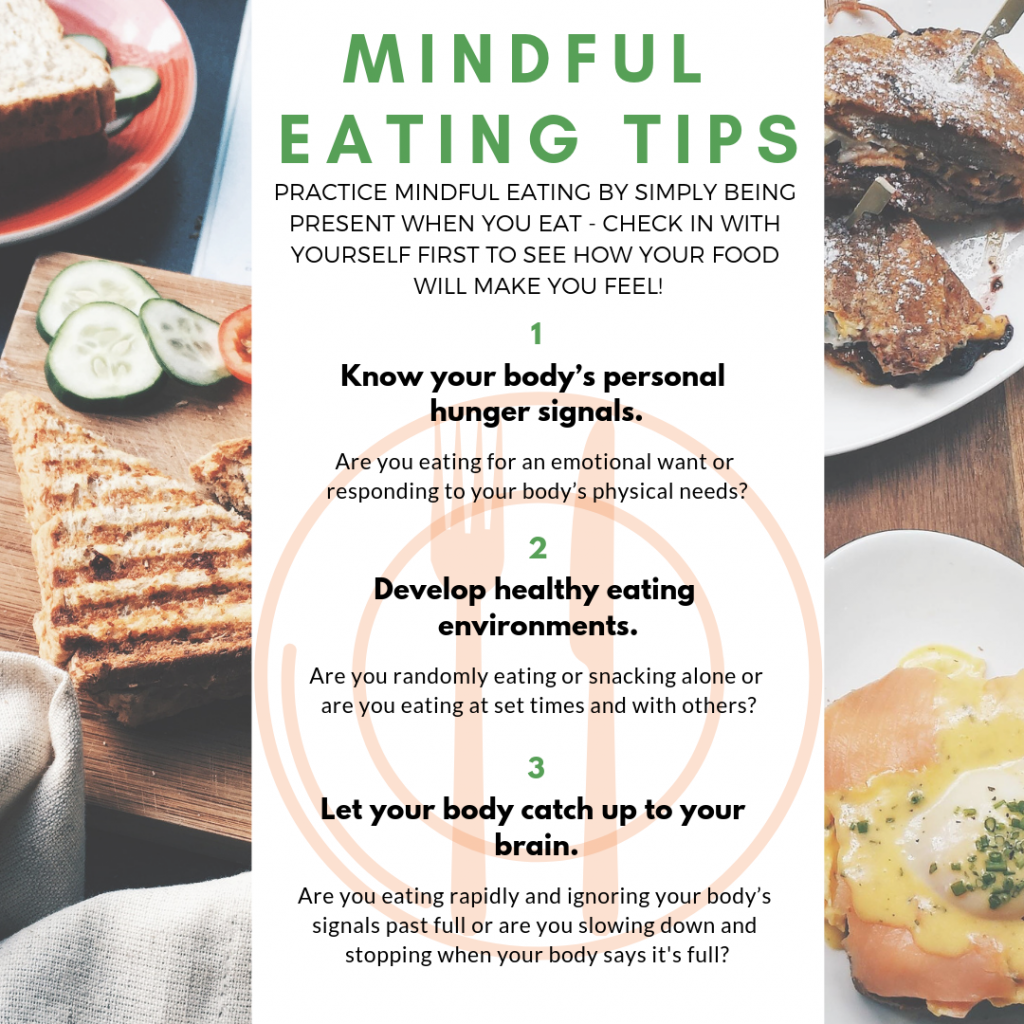
Nourishing Awareness: The Art of Mindful Eating
Mindful eating is more than just a trend; it’s a transformative practice that encourages a deep connection between mind and body during meals. Explore the principles and benefits of mindful eating, and discover how incorporating this practice into your daily life can foster a healthier relationship with food.
Understanding Mindful Eating
Mindful eating is rooted in the ancient practice of mindfulness. It involves being fully present and engaged in the act of eating, paying attention to the sensory experience, and cultivating awareness of thoughts and emotions related to food. This intentional approach helps individuals make conscious choices and develop a more balanced relationship with eating.
Savoring Each Bite: The Sensory Experience
Mindful eating encourages savoring each bite by engaging the senses. Take the time to appreciate the colors, textures, and aromas of your food. By fully immersing yourself in the sensory experience, you enhance the pleasure of eating and become more attuned to the body’s signals of hunger and satiety.
Breaking Free from Distractions
In a world filled with distractions, mindful eating invites individuals to break free from the habit of multitasking during meals. Turn off electronic devices, step away from work, and create a dedicated space for dining. By eliminating distractions, you can focus on the act of eating and tune in to your body’s cues.
Cultivating Gratitude and Awareness
Mindful eating is an opportunity to cultivate gratitude for the nourishment that food provides. Take a moment to reflect on the journey of your food from source to plate. Developing an awareness of the effort and resources involved in food production fosters a sense of gratitude and a deeper connection to the food you consume.
Listening to Hunger and Fullness Cues
Central to mindful eating is listening to the body’s hunger and fullness cues. Pay attention to physical sensations of hunger, and honor your body’s need for nourishment. Similarly, be mindful of the signals that indicate fullness, allowing you to stop eating when satisfied rather than relying on external cues.
Mindful Portion Control and Balanced Choices
Mindful eating encourages a balanced approach to portion control. Rather than focusing on strict rules or restrictions, it promotes a conscious awareness of portion sizes and the nutritional composition of meals. This allows individuals to make choices that align with their overall well-being.
Embracing Non-Judgmental Awareness
Mindful eating encourages a non-judgmental awareness of thoughts and feelings related to food. Rather than labeling foods as “good” or “bad,” adopt a compassionate and curious attitude toward your eating habits. This shift in perspective promotes self-compassion and reduces the likelihood of emotional eating.
Managing Emotional Eating through Mindfulness
Mindful eating is a powerful tool for managing emotional eating. By bringing awareness to the emotions and triggers associated with eating, individuals can develop healthier coping mechanisms. Mindfulness allows for a pause between emotions and actions, providing space for more intentional responses.
Creating Rituals and Mindful Mealtime Habits
Incorporate mindful eating into your daily routine by creating rituals and mealtime habits. Set aside dedicated time for meals, create a pleasant dining environment, and engage in mindful practices such as expressing gratitude before eating. These rituals contribute to a more mindful and enjoyable eating experience.
Explore Mindful Eating at CentrumZdravi.org
For in-depth insights into the art of mindful eating and practical tips on incorporating this transformative practice into your life, visit CentrumZdravi.org. This platform offers valuable resources to guide you on your journey toward a healthier and more mindful relationship with food.

